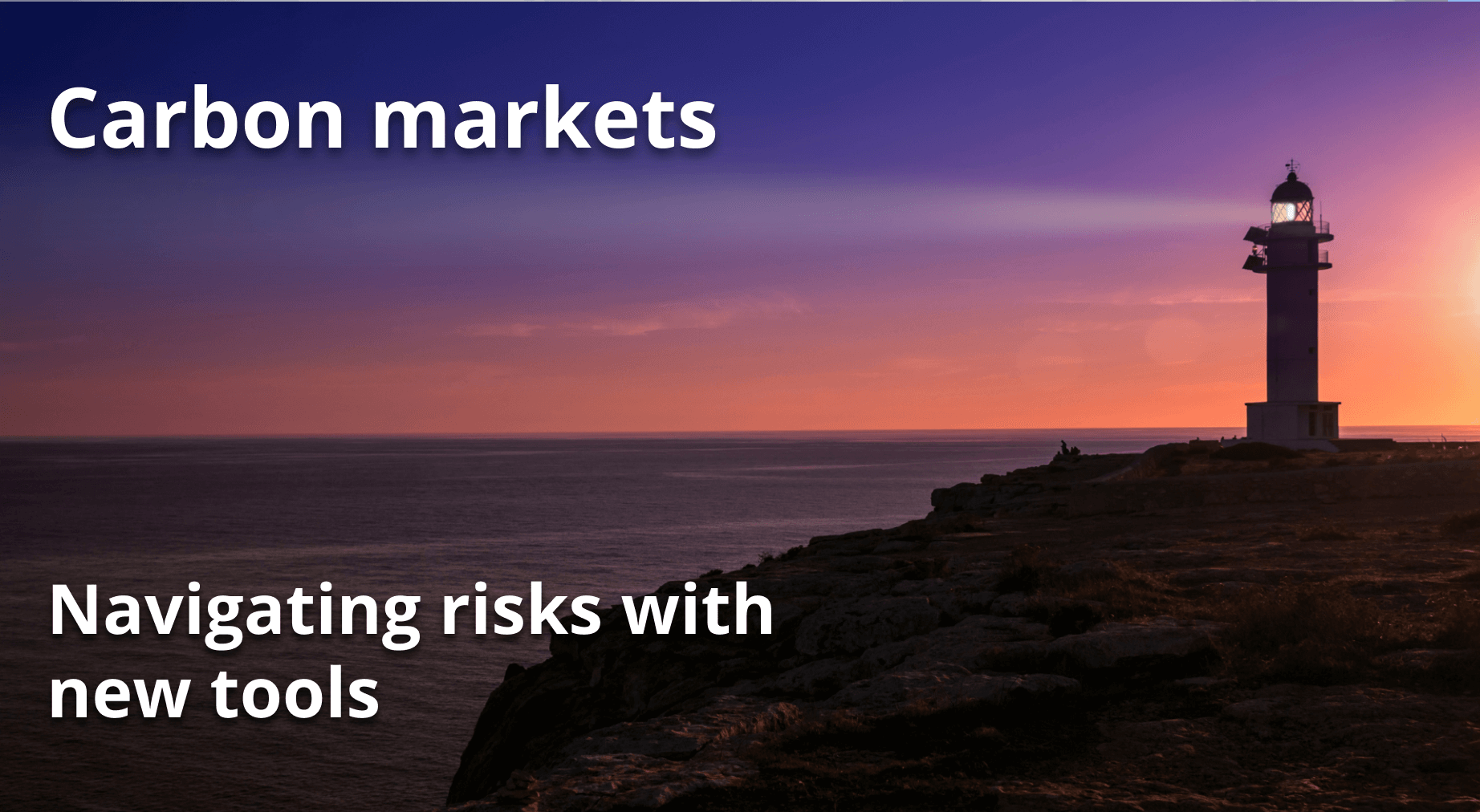
Traveling the high seas at night or in low-visibility weather used to be a daunting task. Our distant naval forebears had to stay close to their shores or venture out at considerable peril where a wrong move could mean crashing into treacherous reefs or worse. Like the early navigators, carbon market participants feel as though they are venturing into hazardous, unpredictable waters. Yet, just like seafaring, humanity’s ingenuity will gradually overcome this obstacle.
Carbon credit buyers still fear the hidden perils of the market, not unlike the rocks and shoals of the ocean. Journalistic reveals of an underperforming carbon project are like a hidden reef, able to take down unsuspecting vessels and their crew. As a result, some market participants or would-be participants chose to think of the carbon market as if covered with an impenetrable fog: a debilitating overlay of uncertainty and unpredictability. Their reaction? Sit on the shore.
Despite the lingering hesitation by many carbon market participants, the fog is beginning to dissipate. Over the last couple of years the industry has made significant leaps to improve upon the hard lessons learned. Methodologies are being revised, guidelines are being set by bodies such as the ICVCM, digital MRV is becoming mainstream and geospatial data and data analytics are providing much richer carbon project insight than before. Carbon credit ratings such as those from Calyx Global and others are providing carbon buyers with tools to navigate the sometimes turbulent waters. Discerning carbon buyers can now understand the impact and risks behind carbon credits they hold, or ideally before they purchase.
As evidence of climate change blankets the news this summer, it is safe to say sitting on the shore is a greater risk for our planet than taking action. Getting out there starts with reducing one’s own emissions. Engaging in carbon markets can be an additional way a company may choose to act. Sure, the market is by no means yet easy to navigate. There is still a need for standardized identification of ‘high quality’ credits. On top of that, buyers may lack the capacity to analyze the data sets that the industry can now access to evaluate quality. But, the resources are out there, and if we all waited for the perfect guidelines, no market would exist.
At Calyx Global it is our mission to help companies find their way to credits with real climate and sustainability impact while helping them manage reputational and financial risk. We work with specialized experts across multiple project types to conduct deep, independent research that shines a light on all material aspects of a carbon credit’s claims – from greenhouse gas removal and reduction claims as well as claims of impact on the UN Sustainable Development Goals. As of today, Calyx Global offers ratings, research and analytics on more than 450 carbon projects, as well as our analysis of developing trends in the voluntary carbon market.
There is no doubt that participating in an evolving market is ripe with challenges. Just like seafaring, with time the carbon market has gotten better at managing risk and will continue to do so.
Calyx Global can help you participate in the carbon market with confidence. Contact us if you want to learn more about how we can help your business manage carbon market risk and achieve more impact.
Get the latest delivered to your inbox
Sign up to our newsletter for the Calyx News and Insights updates.
